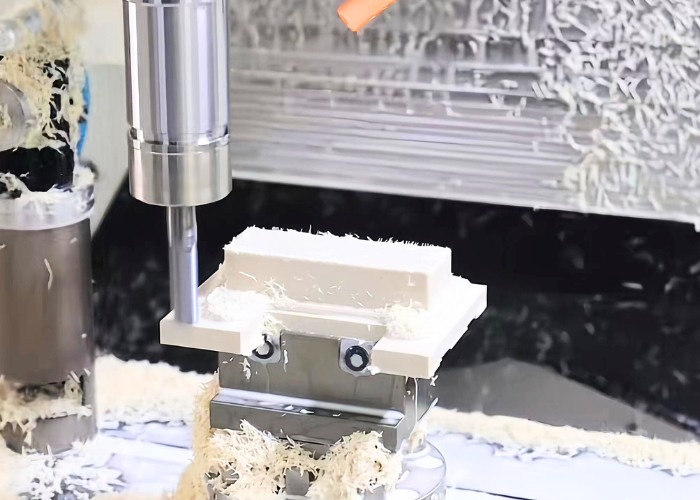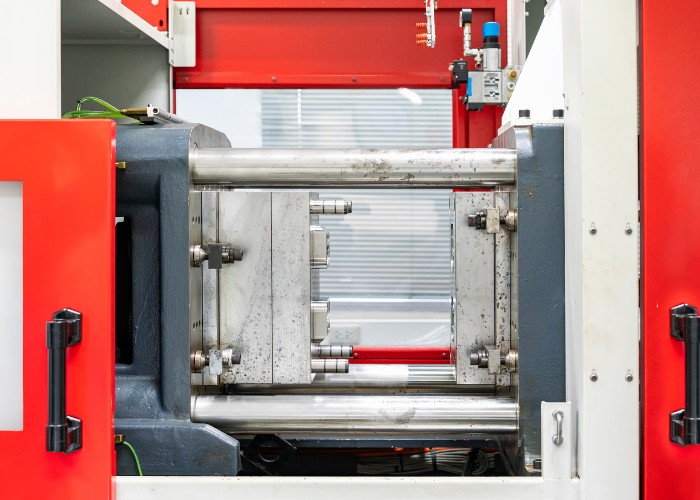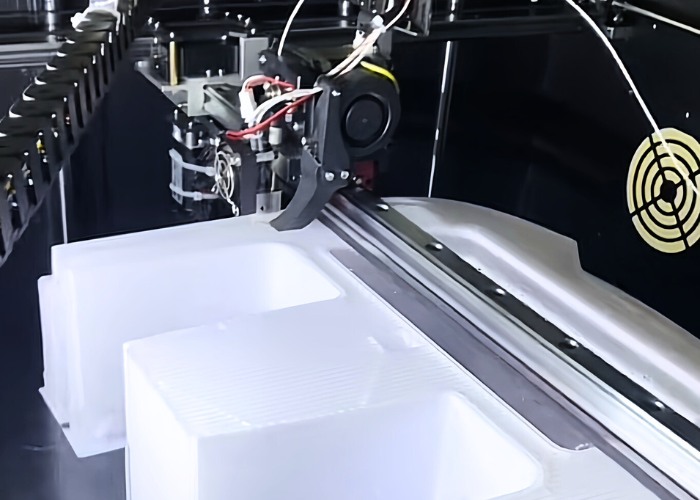
Plastic prototypes are an integral part of the product development process. Not only do they provide designers with a physical sample to validate and improve designs, they also help manufacturers identify potential problems and optimize production processes before entering mass production.
With the advancement of technology, there are many methods and techniques for plastic prototyping, from 3D printing to injection molding, each with its own unique advantages and applicable scenarios.
Basic Concepts of Plastic Prototyping
Plastic prototypes are preliminary samples in the product design and development process, usually used to test and verify the appearance, function and manufacturability of the design. By making plastic prototypes, designers and engineers can make necessary evaluations and improvements to the product before mass production to ensure that the final product meets the expected quality and performance standards.
Plastic Prototype Manufacturing Methods
-
Features
1.CNC Machining
- High Precision : High accuracy and close tolerances can be achieved.
- Final material usage: Use the same material as the final product, suitable for functional testing.
- Various surface treatment options: such as polishing, painting, etc.
- Limited design complexity: difficult to process complex geometries.
2.Vacuum Casting
- High precision and detail: Using silicone molds, multiple identical high-detail prototypes can be quickly manufactured.
- Applicable to complex shapes: Applicable to parts with complex shapes.
- Material Compatibility: Compatible with a variety of plastic materials.
- The mold life is limited: typically only 20-25 parts can be produced.
3.3D Printing
- Lower cost: suitable for rapid iteration and low-cost production.
- Fast: Prototyping can be completed in a short time.
- High design freedom: complex structures can be manufactured.
- Limited material selection: Common materials include PLA, ABS, nylon, etc.
4.Injection Molding
- Suitable for high-volume production : large numbers of parts can be produced quickly.
- High mechanical strength: The produced parts have high mechanical strength and excellent surface quality.
- Compatible with various materials: A variety of plastic materials can be used.
- High initial mold cost: Mold making costs are high.
5.Polyurethane Casting
- Lower production cost: Compared to other methods, the cost is lower.
- High Details: Parts with high details and complex shapes can be manufactured.
- Material diversity: Applicable to a variety of polyurethane materials.
- Short mold life: Usually only a small number of parts can be produced.

-
Comparison of Advantages and Disadvantages
| Method | Advantage | Shortcoming |
| Vacuum Casting | High precision and detail , suitable for complex shapes , high material compatibility | Limited mold life and long production cycles |
| 3D Printing | Low cost , fast speed and high design freedom | Limited material selection , lower mechanical properties , inconsistent surface quality |
| CNC Machining | High precision , final material usage , multiple surface treatment options | Limited design complexity and high cost |
| Injection Molding | Suitable for mass production , high mechanical strength , compatible with a variety of materials | The initial mold cost is high , the production cycle is long , and it is not suitable for small batch production |
| Polyurethane Casting | Lower production costs , high detail , material diversity | The mold life is short and the material performance is not as good as injection molding |
Manufacturing Method and Main Material Compatibility
| Material | Vacuum Casting | 3D Printing | CNC machining | Injection molding | Polyurethane casting |
| ABS | √ | √ | √ | √ | × |
| Nylon | √ | √ | √ | √ | × |
| PC | × | √ | √ | √ | × |
| PP | √ | √ | × | √ | × |
| PEEK | × | × | √ | √ | × |
| Polyurethane | × | × | √ | × | √ |
How to Choose the Right Plastic Prototyping Method
Design Complexity
- 3D printing: suitable for designs with complex geometric shapes, enabling high-degree-of-freedom design iterations. Suitable for rapid prototyping and verification in the prototype design stage.
- CNC machining: Suitable for designs that require high precision and specific geometries. Suitable for functional testing and parts that require close tolerances.
Material properties
- Material selection: Select the manufacturing method based on the characteristics of the material. For example, ABS and Nylon are suitable for multiple manufacturing methods, while PC is suitable .
- Material properties: Consider the material’s mechanical properties, heat resistance and chemical stability.
Production speed and cost
- Small batch production: Vacuum casting and 3D printing are suitable for small batch production, low startup costs, and suitable for rapid iteration and design verification.
- Mass production: Injection molding is suitable for mass production with low unit cost, but the mold making cost is high. It is suitable for mass production after stable design.

Conclusion
Plastic prototypes play an important role in the product development process, not only helping designers and manufacturers verify the feasibility and functionality of designs, but also discovering and solving potential problems before mass production.
By understanding and comparing different plastic prototype manufacturing methods, such as 3D printing, vacuum casting, CNC machining, and injection molding, readers can choose the most suitable manufacturing method based on specific project needs, cost budgets, and time constraints.
FAQs
1.How Much Does Aluminum Prototyping Cost?
Costs depend on the complexity of the chosen machining method, the amount of material used, and machining time. CNC machining is generally more expensive but provides high precision and quality parts.
2. How to Choose the Best Aluminum Prototype Manufacturing Method?
The method selected depends on several factors, including design complexity, production quantity, functional requirements, cost, delivery time, etc.
3. Which aluminum alloy is best for prototyping?
Common aluminum alloys include 3003, 5052, 6061, 7075 and 6063. Different aluminum alloys have different properties, such as corrosion resistance, strength, machinability, etc. Choosing the right aluminum alloy depends on the specific application requirements.
